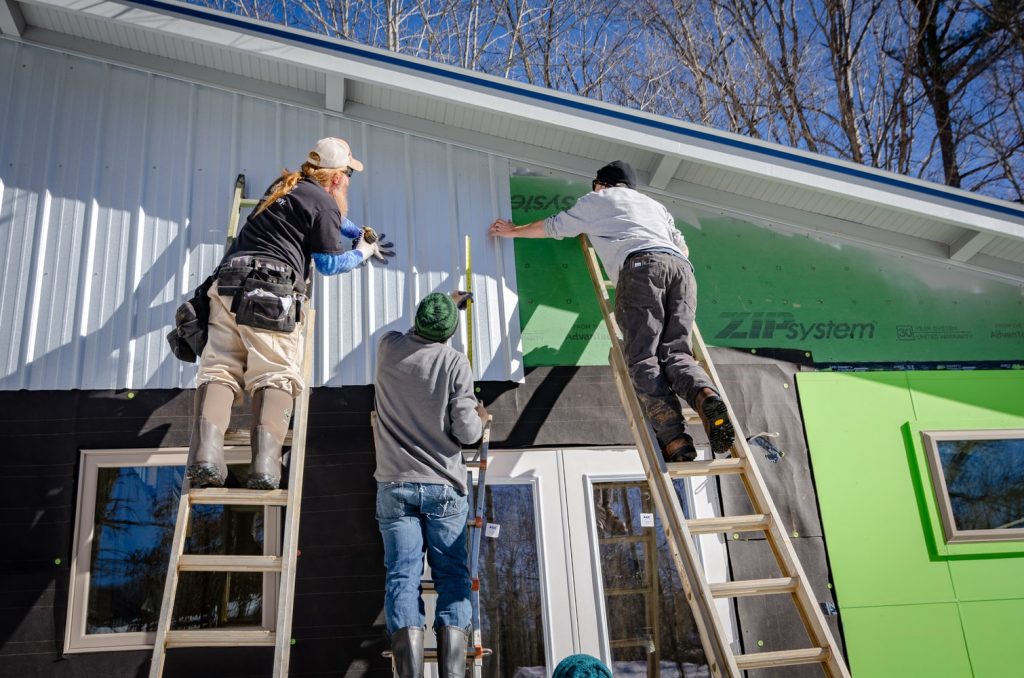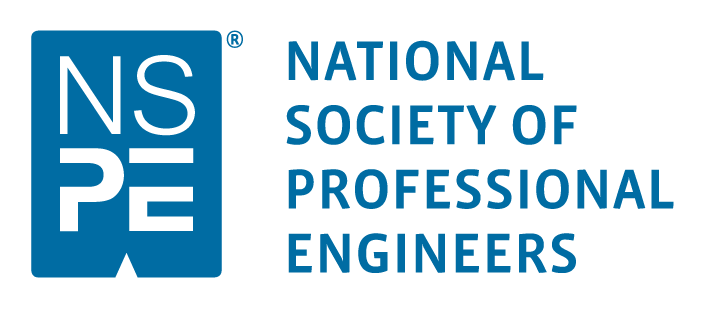The Crucial Role of HVAC Brackets in Ensuring Safety and Avoiding Wind Damage
The hurricane season 2020 is expected to bring plenty of rainfall and strong high winds in the Mid-Atlantic Region. Last month, New Jersey experienced strong winds that blew down trees and power lines across the state, and reports are already indicating that this year’s hurricane season will bring more storms than usual. As such, it is critical for property owners to ensure that their buildings are protected from the high winds, especially the mechanical components installed in the rooftops such as HVAC units.
The high-wind performance of any building envelope depends not only on its design and construction but also on the maintenance and retrofit strategies utilized. A well-designed, constructed, and maintained home or commercial building might be damaged if its components have inadequate anchorage or restraint to withstand strong windgusts.
As such, using HVAC brackets for rooftop installations is imperative for properties located in areas that experience intense hurricanes, or even in places where high winds are persistent all year round.
What Are HVAC Brackets?
HVAC hold down brackets are exactly what they sound like: an attachment that anchors the bottom corners of an HVAC unit to the roof curb.
These are necessary elements to meet wind code requirements, especially the Florida Building Code, which has become the de facto code throughout the United States.
Why Are HVAC Brackets Important?
When not sufficiently anchored to the roof curb, dislocated HVAC units can result in ramifications such as:
- Property Damage – Including repair or replacement of the damaged building components (or replacement of the entire facility), plus repair or replacement of interior building components, mold remediation, and furniture and equipment damage caused by the water and wind entering the building.
HVAC components, such as condensers or relief air hoods, blown off from rooftops can damage vehicles and other properties in the vicinity of the building, which also leads to additional expenses.
- Injury or Death – Although infrequent, building occupants or people outside office buildings have been injured and killed by blown-off HVAC components.
Without HVAC brackets to hold the HVAC units down during a hurricane or high winds, homes and buildings can suffer damage that could take days, months, or over a year to repair. In addition to the cost associated with repairing or replacing the damage, other financial set-backs related to interrupted use of the property can include the cost of rental for temporary housing or facility.
Guidelines for Attaching Rooftop HVAC Equipment in High-Wind Regions
The Federal Emergency Management Agency (FEMA) has issued a guideline that details the best practices for designing and installing rooftop equipment that will enhance wind resistance in high-wind regions.
The guideline referred to the revised 2005 Edition of ASCE 7, which recommends a minimum factor of three for the design of equipment anchorage on buildings used for a hurricane shelter and emergency response after a storm. It means that facilities such as hospitals or nursing homes must have their HVAC rooftop units protected from any kind of impact caused by flying debris. Otherwise, a minimum safety factor of two is recommended for other buildings. This means that office buildings or manufacturing facilities with HVAC units mounted on their rooftops should have their equipment strapped into the curb with hurricane-rated mounts or brackets.
The guideline also includes an attachment schedule which details the level of fastener factor for each bracket that will be used to restrain the HVAC units to the roof curb. Small HVAC units such as residential condensers, for instance, are recommended to be anchored to equipment stands by two metal straps using #14 screws or bolts at each end of straps.
HVAC Preparation Before the Hurricane Season
Aside from securing the outdoor HVAC units with hold down brackets, there are other steps that homeowners, building owners, and facility managers should take to achieve a functioning HVAC system throughout the hurricane season.
- Turn off the breakers to the HVAC, heat pump, air handlers, and gas furnace.
- Turn off the gas supply to gas furnaces.
- If possible, place the outdoor HVAC unit in an elevated mechanical penthouse to protect it from floodwater and shield it from high-wind loads and wind-borne debris.
- Hire a Professional Engineer to certify the addition of the hold down brackets.
It should be noted that while HVAC brackets are a practical solution to enhancing the wind performance of the building during strong winds, they are only effective when complemented by a solid foundation on which the HVAC unit sits.
As such, it is important to consult a Professional Engineer to verify the adequacy of the mounting method after installing rooftop HVAC equipment. Only after the Professional Engineer has examined the rooftop HVAC unit, curb, roof, and the overall structural integrity of the building can property owners obtain a Wind Rated Curb Certification. Without a certification stamped by a Professional Engineer, the property owners run the risk of using faulty HVAC brackets that could fail during the onslaught of a hurricane.
Aside from having a certified wind certification, property owners and managers can also benefit from hiring Professional Engineers to inspect their rooftop HVAC units during Property Condition Assessments (PCA), Reserve Study, Transition Study, or a general Commercial Building Inspection. With their expertise in inspecting Mechanical, Electrical, and Plumbing (MEP) Systems, Professional Engineers in NJ can ensure that HVAC units are designed, installed, and maintained according to specific city or state building codes, as well as identify potential problems that should be addressed to ensure the system’s optimal performance, especially during the hurricane season.
Lockatong’s roster of building inspection engineers in NJ are Licensed Professional Engineers who have extensive experience in the design, operation, installation, maintenance, and inspection of HVAC systems and equipment.
Our experts have years of project experience in MEP engineering, which enables them to understand and take advantage of strategies in securing residential, commercial, industrial, and institutional equipment and building systems.
If there are any weaknesses in the building envelope and roofing systems that expose the structure to wind damage, a detailed inspection from Lockatong’s Building Inspection Engineers will spot it, making the structure much safer – allowing the owners to avoid unforeseen capital expenses. Visit www.lockatong.com today to schedule an engineering inspection as you prepare for the hurricane season.








